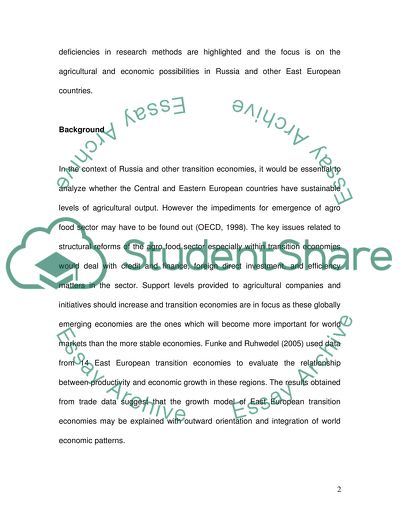Cite this document
(Economy and Agriculture in Russia Research Proposal, n.d.)
Economy and Agriculture in Russia Research Proposal. Retrieved from https://studentshare.org/agriculture/1508318-economy-and-agriculture-in-russia
Economy and Agriculture in Russia Research Proposal. Retrieved from https://studentshare.org/agriculture/1508318-economy-and-agriculture-in-russia
(Economy and Agriculture in Russia Research Proposal)
Economy and Agriculture in Russia Research Proposal. https://studentshare.org/agriculture/1508318-economy-and-agriculture-in-russia.
Economy and Agriculture in Russia Research Proposal. https://studentshare.org/agriculture/1508318-economy-and-agriculture-in-russia.
“Economy and Agriculture in Russia Research Proposal”, n.d. https://studentshare.org/agriculture/1508318-economy-and-agriculture-in-russia.


